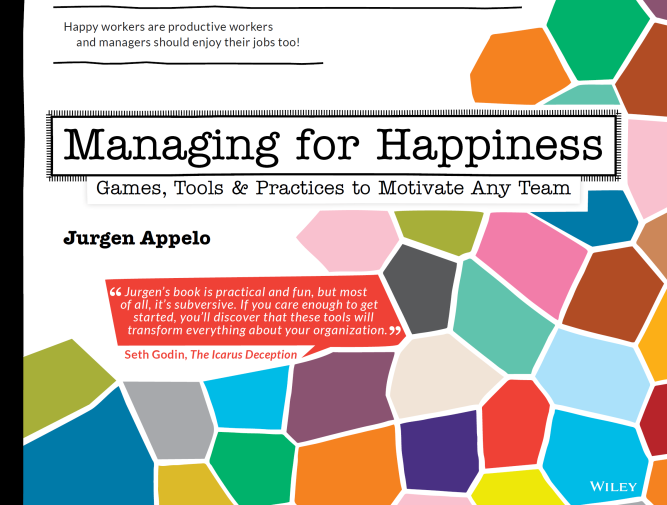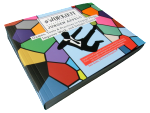The Republic is not what it once was. The Senate is full of greedy, squabbling…

How to Write a Book… with Feedback and Options
A book is the outcome of a million decisions.
As the author of a book, you make decisions all the time. Do you write about principles or about practices? Do you use the words he and she or the more neutral they? Do you use chapter numbers or not? Do you make your own illustrations, or do you hire someone else? Do you insert jokes, or is your bookkeeper funnier than you are?
If you want a good book, you need to make good decisions. The problem is, you often have too little information to know what the good decisions are. There are two ways of dealing with that:
- Validating your decisions
- Making decisions reversible
Validating Your Decisions
This can also be described as testing and learning. It means that you apply the Plan-Do-Check-Act feedback loop to your decisions. (Some people would call it Build-Measure-Learn.) You make a choice in a decision, fully aware that it may not be the best one, and you try to learn as fast as possible if was the correct choice.
To know whether you are on the right track with your content, you could create blog posts, webinars, presentations, and hangouts, to gauge people’s interest in your selected topics. You can validate style and structure by working with a content editor and beta readers. Even a simple discussion in a bar could suffice to learn which of several stories people find most fascinating.
Before you commit to high-quality writing, you should test and learn as much as possible by doing as little as you can get away with. After all, the worst mistake as a writer is to produce a book that nobody wants to read.
Making Decisions Reversible
The other strategy, which can be combined with the first one, is to keep alternative options open. You choose one of several available options, because you cannot learn without trying something, and if the chosen path leads in a wrong direction, you simply find your way back to the fork in the road, and take another path.
To make your content easy to change, you can insert markers whenever you refer from one topic to another. Literature references and images can be changed easily when you make sure to use unique characters and formatting. Layout is easy to change when you use your editor’s built-in style features. And by using URL shorteners, you can shield your hyperlinks from changes on any websites you refer to.
Your high-quality book can only remain high-quality when you plan for the effects of entropy. The world will change, while you’re writing and after you’re done. The second worst mistake you can make as an author is never to change your mind.
Feedback and Options
To write a book, you achieve the best results when you apply both strategies: test and learn about your decisions with many short feedback loops, and prepare for all kinds of changes by making your decisions reversible.
photo credit: (c) 2005 reynermedia, Creative Commons 2.0
Other articles in this series:
- 13 Business Models for Book Authors
- How to Pick a Book Title (in 7 Steps)
- How to Define Your Target Audience... with Questions
- How to Write a Book: Structured or Emergent
- How to Design a Book Cover... 5 Rules
- How to Design a Book… Make It an Experience
- How to Create a Book’s Front and Back Matter
- How to Write a Book… with Feedback and Options
My new book Managing for Happiness is available from June 2016.







